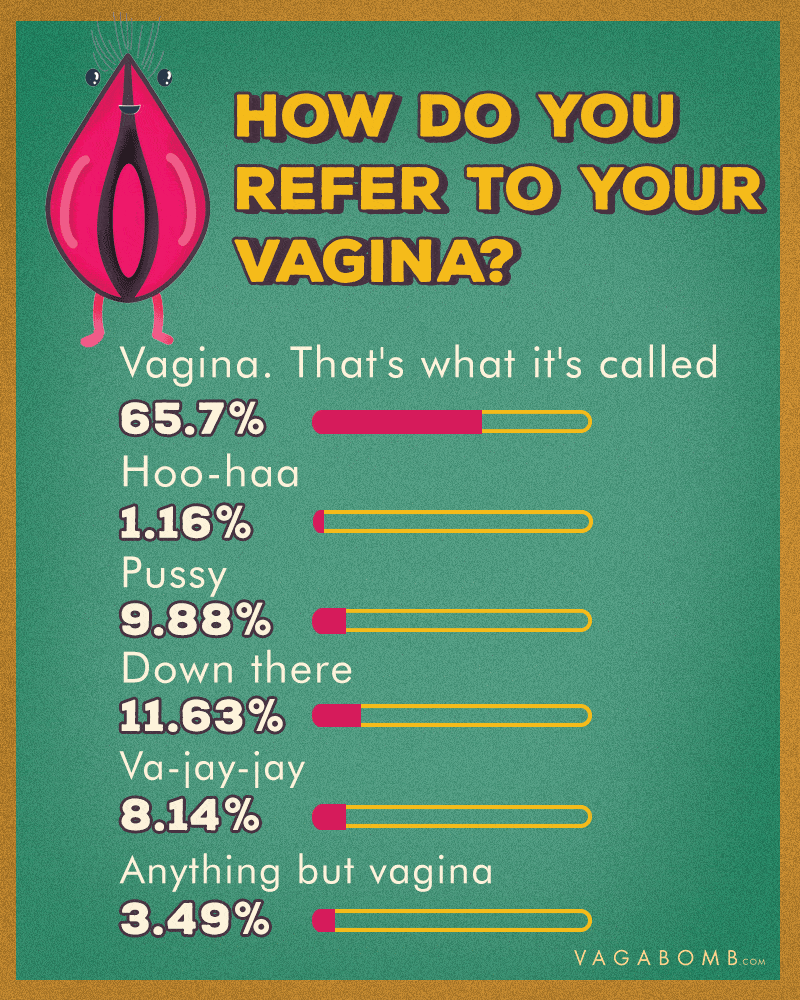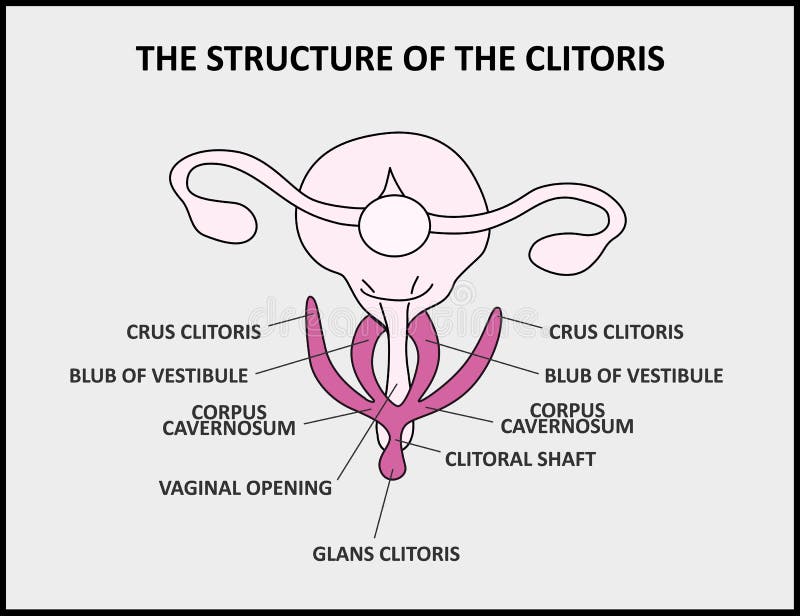
The hymen, a thin fold of mucous membrane around the vaginal opening, has long been thought of as a sign of purity. Your hymen is not an indicator of "virginity." It's the highest concentration of nerve endings in the entire human body. While smaller in size than the penis, the clitoris actually has twice as many nerve endings-the clitoris has 8,000 nerve endings while the entire penis has just 4,000. "It has the prepuce, the glans, and the frenulum, just like the penis," says Sharon Gerber, M.D., ob-gyn, and fellow in family planning at the Icahn School of Medicine at Mount Sinai. The clitoris also has a lot in common with the penis. “When we include the internal parts of the clitoris, it measures roughly the same length as the average flaccid penis: 3.5 inches.” 5. “The majority of the clitoris-about four fifths of it-is submerged in the body, encircling the vagina,” Nan Wise, Ph.D., a neuroscientist, an ASSECT-certified sex therapist and author of Why Good Sex Matters, previously told Glamour in her column Ask Dr. The “clitoral complex” is much more than just the small bean-shaped hot spot that sits at the apex of your labia minora. Your clitoris is bigger than you might think. During sexual arousal, the color of your labia can temporarily deepen as blood rushes to the area. Normal labia color ranges from pink to red to brown to purplish. The color of your vulva may not be the same color as the rest of your skin-and for many women, it's darker. Vulvas also come in all different colors.

There are several general labia types (but even these have plenty of variation): asymmetric inner or outer lips curved outer lips (shaped like a horseshoe) dangling outer lips dangling or protruding inner lips small closed lips and small open lips. The truth is, the labia majora (outer lips) and labia minora (inner lips) look different on all types of bodies. Many women worry that their vulvas don't look “normal”-but what's “normal” has largely been defined by porn, which historically hasn't accurately reflected healthy women's bodies. Many use the term “vagina” colloquially to encompass all parts of the female genitalia, but technically, if you're referring to any of stuff you can see-including the clitoris, urethra, the labia majora and minora (outer and inner vaginal lips, respectively), and the pubis-the correct term is "vulva." 2. "Vagina" refers to the muscular, elastic canal that extends from your cervix to your hymen, explain Anna Druet and Anne Högemann, research scientists who worked together at Clue, the period-tracking app. The vagina is not the same things as the vulva. Read on for 25 amazing vulva and vagina facts. Chances are, there are probably a lot of vagina facts that you don't know, so we tapped top experts to find out the most amazing-and important-things every woman should know about her vagina.


The vagina is a fascinating body part-what it looks like, how it smells, even how it changes over time.


 0 kommentar(er)
0 kommentar(er)
